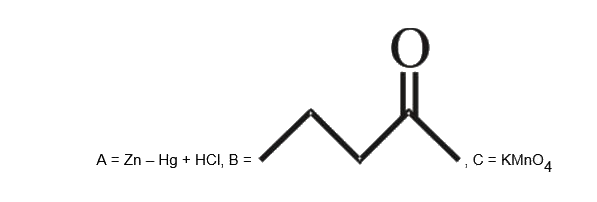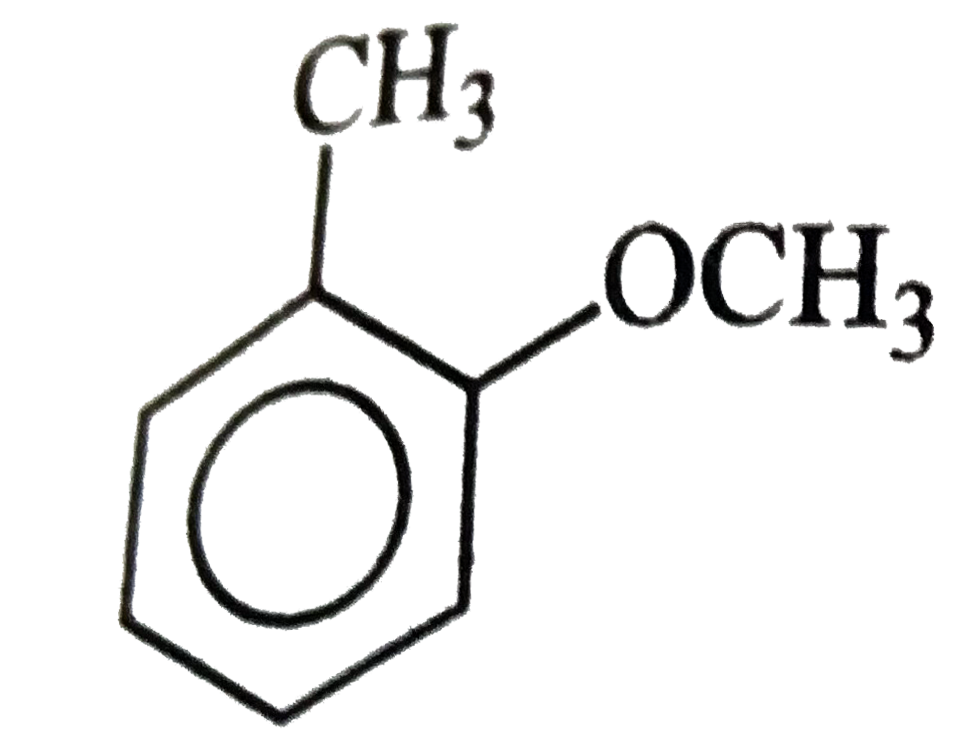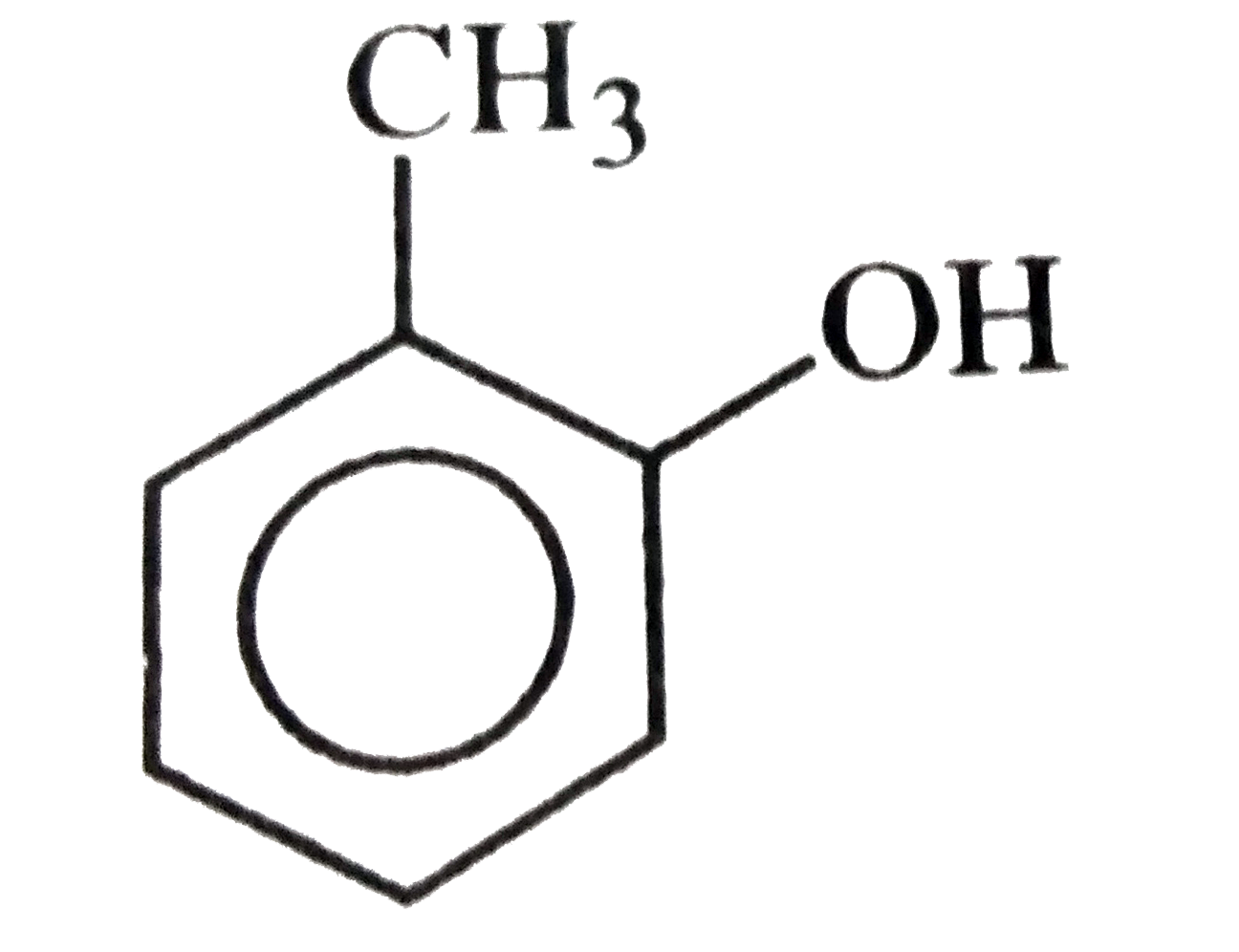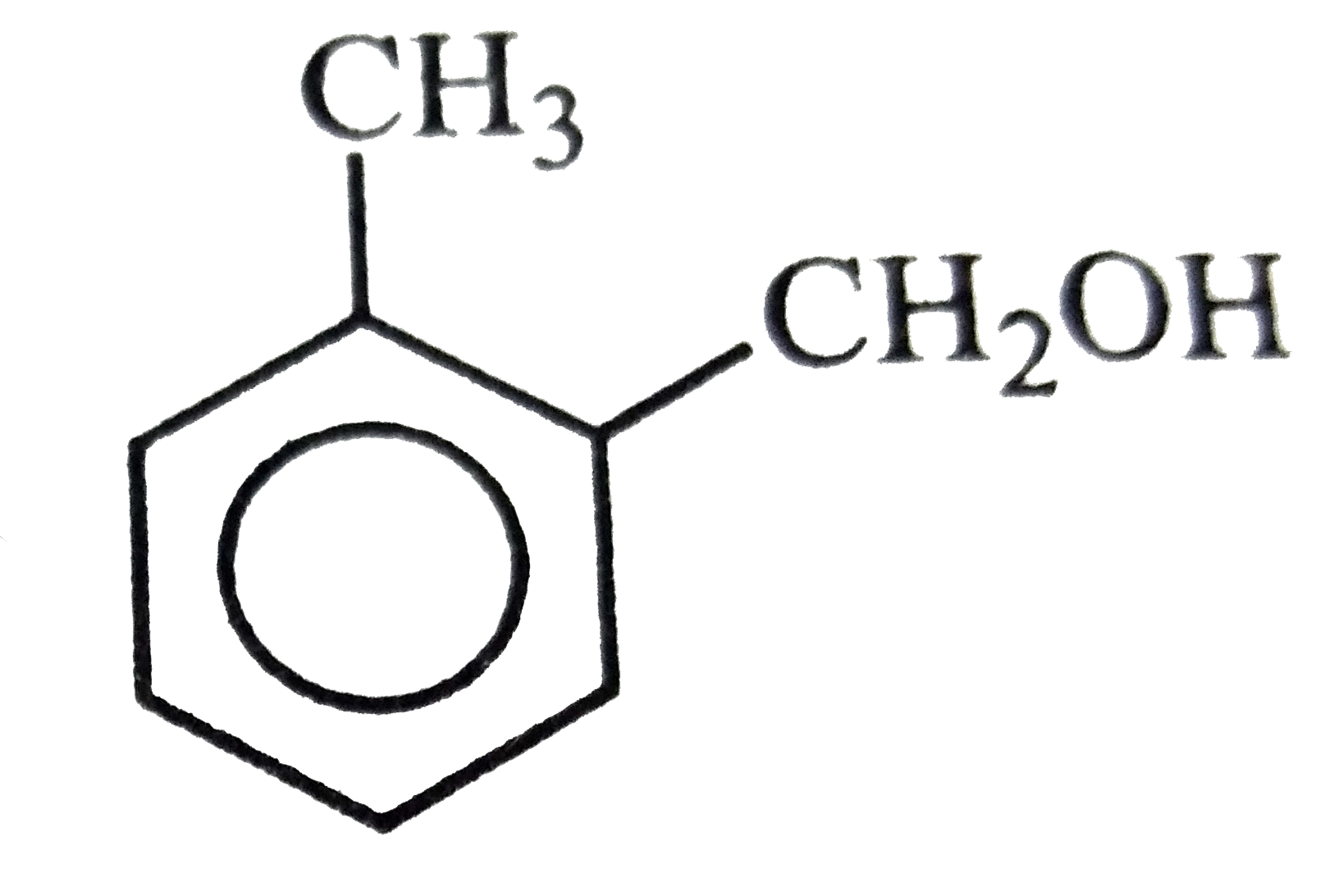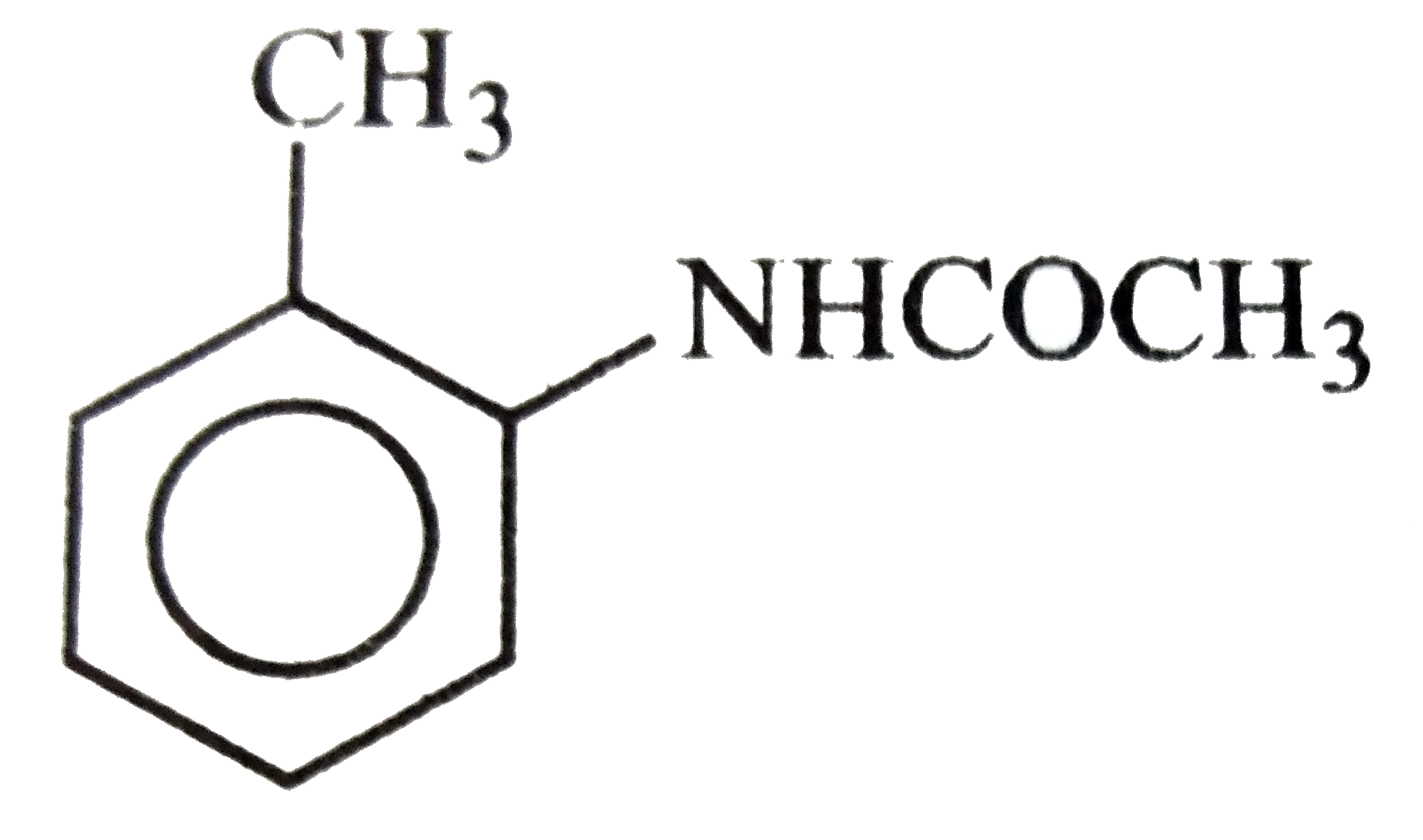Explore topic-wise InterviewSolutions in .
This section includes InterviewSolutions, each offering curated multiple-choice questions to sharpen your knowledge and support exam preparation. Choose a topic below to get started.
| 22801. |
What weight of hydrated oxalic acid should be added for complete neutralisation of 100 ml of 0.2N - NaOH solution |
|
Answer» 0.45 g `(w)/(eq.wt)=(NV)/(1000) therefore (w)/(63)=(0.2xx100)/(1000)RARR w=1.26 gm`. |
|
| 22802. |
Which statement about the form of mannose is not correct? |
|
Answer» It exists as two anomeric stereoisomers |
|
| 22803. |
Which base is present in R.N.A but not in DNA ? |
|
Answer» URACIL |
|
| 22805. |
Which of the following is not a favourable condition for physical adsorption: |
|
Answer» High temperature |
|
| 22806. |
The solubility of ether in water is similar that of - |
|
Answer» ALCOHOL having same MOLECULAR WEIGHT |
|
| 22807. |
Which of the following ions form a white ppt. with ammonium oxalate? |
| Answer» Solution :`Ca^(2+), Sr^(+2), Ba^(+2)` | |
| 22808. |
What is denoted by [H_(9)O_(4)]^(+) ion ? Explain. |
| Answer» Solution :High charge density and high hydration energy of `H^(+)` ion (proton) cause the `H^(+)` ion to remain solvated to form hydroxonium ion or HYDRONIUM ion (`H_(3)O^(+)`). Hydronium ion again forms HYDROGEN bonds with three water molecules and remain solvated. THEREFORE, in water, aproton actually forms `[H_(3)O(H_(2)O)_(3) ]^(+) ""or [H_(9) O_(4)]^(+)`ion. | |
| 22809. |
Which of the following is not a substitutional solid? |
| Answer» Solution :Steel is an interstitial solid in which iron atoms OCCUPY LATTICE sites and C-atoms occupy interstitial sites. | |
| 22810. |
Various types of one in the blast bumace are given in the List and reactions take place traction of iron are given in List II {:("List-I","List-II"),((1)"Zone of reduction",(a)C+O_(2) to CO_(2)),((2)"Zone of heat absoroption",(b) CO_(2)+C to 2CO),((3)"Zone of fusion",(c) Fe_(2)O_(3)+3CO to 2Fe+3CO_(2)):} |
|
Answer» `{:(1,2,3),(a,B,C):}` |
|
| 22811. |
Write the names and structures of the monomers of the following polymers : (i) Buna -S (ii) Buna -N (iii) Dacron (iv) Neoprene. |
|
Answer» Solution :The names and structures of the monomers are : (i) Buna-S : `CH_(2)=underset(1,3-"Butadiene")(CH-CH=CH_(2)) and underset("Stryene")(C_(6)H_(5)-CH=CH_(2))` (ii) Buna -N : `CH_(2)=underset(1,3-"Butadiene")(CH-CH_(2)) and CH_(2)=underset("Acrylonitrile")(CH-CN)` (iii) NEOPRENE : `underset("Chloroprene or 2-chloro-1,3-butadiene")(CH_(2)=overset(CI)overset(|)(C)-CH=CH_(2)`) (IV) Dacron :`underset("Ethylene glycol")(HO-CH_(2)-OH and)` 
|
|
| 22812. |
Why actinides are not affected by nitric acid ? |
| Answer» Solution :Actinide on reaction with concentrated NITRIC ACID forms a protective OXIDE film. Hence it is SLIGHTLY AFFECTED | |
| 22813. |
Which one of the following is a synthetic polymer ? |
| Answer» Answer :C | |
| 22815. |
Wrong statement among the following is |
|
Answer» effective collisions are more if activation energy is less |
|
| 22816. |
The required time to liberate one gram equivalent of an element by passing one ampere current through its solution is |
|
Answer» 6.7 hrs `Q=Ixxt.` but 1=1 A`thereforet=96500s=(96500)/(60xx60)=26.8` hrs |
|
| 22817. |
Which may be added to one litre of water to act as a buffer |
|
Answer» One mole of `HC_(2)H_(3)O_(2)` and 0.5 mole of NAOH |
|
| 22818. |
Which structural unit present in a detergent makes it non-biodegradable? |
| Answer» Solution :If the hydrocarbon CHAIN in the DETERGENT is highly BRANCHED, then the bacteria cannot DEGRADE it. That is, it becomes non-biodegradable. | |
| 22819. |
Which of the following is a vitamin: |
|
Answer» Riboflavin |
|
| 22820. |
Which of the following is used to treat respiratory tract infections, genital, gastrointestinal tract and skin infections? |
|
Answer» AMPICILLIN |
|
| 22821. |
Which one is a broad spectruin antibiotic ? |
|
Answer» CHLORAMPHENICOL |
|
| 22822. |
What is the major product in the reaction? |
|
Answer»
|
|
| 22823. |
The test for unsaturation is confirmed by the decolourisation of which of the following |
|
Answer» iodine water |
|
| 22824. |
Which of the following are redox reactions? |
|
Answer» `BaCI_2 + H_2SO_4to BaSO_4+2HCI` |
|
| 22825. |
Which one of the following cyano complexes exhibit the lowest value of paramagnetic behaviour ? |
|
Answer» `[CR(CN)_6]^(3-)` |
|
| 22826. |
What are promoters and poisons ? |
|
Answer» Solution :PROMOTERS are substances that enhance the activity of a catalyst. For example in the MANUFACTURE of AMMONIA, iron acts as a catalyst. Molybdenum acts as a promoter in this case. POISONS are substances that decrease the activity of a catalyst. For example, CO acts as a POISON in the manufacture of ammonia by Haber.s process. |
|
| 22827. |
Your are supplied with the following substances: copper rod, Zinc rod, Salt bridge, two glass beakers, a piece of wire, 1M, CuSO_4 solution ,1M znso4 solution Calculate the standard EMF of the cell if E0 |
| Answer» Solution :`E_(cell)^@=E_(CATHODE)^@=R_(ANODE)^@=0.34--0.79=1.1V` | |
| 22828. |
Which metal is powdered, suspended in oil and used as paint ? |
|
Answer» Fe |
|
| 22829. |
Which of the following statements, about the advantage of roasting of sulphide ore before reduction is not true ? |
|
Answer» `DeltaG_(F)^(@)` of sulphide is greater than those for `CS_(2)` and `H_(2)S`. |
|
| 22830. |
Which of the following reactions are disproportionation reactions ? |
|
Answer» `Cu^(+) rarr Cu^(2+) + Cu` |
|
| 22831. |
What is racemic mixture ? |
| Answer» Solution :EQUIMOLAR mixture of dextrorotatory and laevorotatory isomers of the same COMPOUND is called RACEMIC mixture. | |
| 22832. |
Write the steps and conditions involved in the following conversion. Propane to acetone |
Answer» SOLUTION :
|
|
| 22834. |
The total number of tertiary carbon atoms in 4, 5-dimethyl-2-hexanol is : |
|
Answer» Two two `3^(@)` carbon atoms (4 and 5) |
|
| 22835. |
Which of the following topics is not covered by surface chemistry ? |
|
Answer» ELECTROLYSIS |
|
| 22836. |
What is the minimum pH required to prevent the precipitation of ZnS in a solution which is 0.01 M ZnCl_2 and saturated with 0.1 M H_2S ? K_(sp)" of " (ZnS)=10^(-21),K_(a_1)xxK_(a_2)(H_2S)=10^(-20) |
|
Answer» 0 |
|
| 22837. |
Which of the following statement is true :- |
|
Answer»
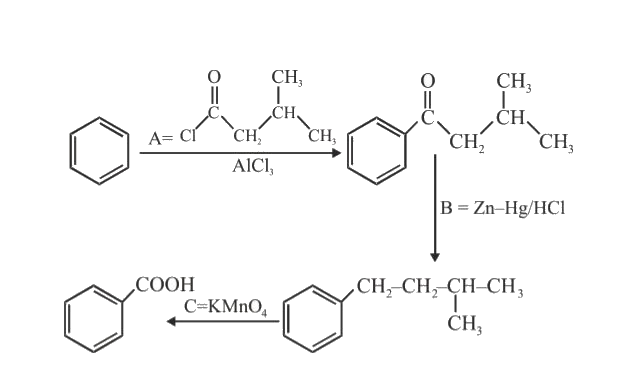
|
|
| 22838. |
Which one is most reactive towards electrophilic reagent? |
|
Answer»
therefore, OH is the most STRONGLY electron-donating group and hence o-cresol (b) is most reactive towards ELECTROPHILIC reagent. |
|
| 22839. |
Which of the following alcohols is expected to have the lowest pK_(a) value ? |
|
Answer» ETHANOL |
|
| 22840. |
Why are halogens strong oxidising agents ? |
|
Answer» Solution :Due to low BOND dissociation enthalpy, high electronegativity and large negative electron gain enthalpy, halogens have a strong tendency to ACCEPT ELECTRONS and thus get reduced. `X + E^(-) to X^(-)` In other words, halogens act as strong oxidising agents. Their oxidising POWER, however, decreases from `F_2 " to "I_2` as is evident from their electrode potentials: `E_(F_2//F^(-))^(@) = +2.87 V, E_(Cl_2//Cl^(-))^(@) = + 1.36 V `, `E_(Br_2//Br^(-))^(@) = + 1.09 V and E_(I_2//I^(-))^(@) = + 0.54 V` Thus , `F_2 ` is the strongest while `I_2 ` is the weakest oxidising agent. |
|
| 22841. |
What happens when the following compounds are treated with dilute NaOH solution in cold? (CH_(3))_(3)C-CHO |
|
Answer» Solution :`(CH_(3))_(3)C-CHO` : `CH_(3)-underset(CH_(3))underset(|)overset(CH_(3))overset(|)(C)-CHOunderset("Cannizzaro REACTION")overset("dil. "NaOH)tounderset("2,2 diemthy-1-propanol")(CH_(3)-underset(CH_(3))underset(|)overset(CH_(3))overset(|)(C)-CH_(2)OH)+underset("2,2-dimethyl SODIUM propionate")(CH_(3)-underset(CH_(3))underset(|)overset(CH_(3))overset(|)(C)-COONa)` |
|
| 22842. |
What is the repeating unit in the condensation polymer obtained by combining HO_(2) C CH_(2)CH_(2)CO_(2)H (Succinic acid) and H_(2)NCH_(2)CH_(2)NH_(2) ( ethylene diamine) ? |
| Answer» SOLUTION :`[-NHCH_(2)CH_(2)NHCOCH_(2) CH_(2)CO-]_(N)` | |
| 22843. |
When acetamide is hydrolysed by boiling with acid, the product obtained is |
|
Answer» Acetic acid |
|
| 22844. |
Vitamin B2 is also known as |
|
Answer» Riboflavin |
|
| 22845. |
What happens when chromates are kept in acidicsolution and dichromats in the alkaline solution ? |
| Answer» Solution :Chromates in the ACIDIC solution are convertedinto dichromates ANDTHUS the colourbecomes ORANGE whereas dichromatesin the alkalinesolution are converted into chromates and the colour BECOMES yellow. | |
| 22846. |
WriteIUPACnameof (p ) O_2 N -C_6H_4- OCH_3 |
| Answer» SOLUTION :1-methyoxy-4- NITROBENZENE | |
| 22847. |
Which one of the following binds to the receptor site should inhibit its natural function? |
|
Answer» ANTACIDS |
|
| 22848. |
Which of the following ligands are of sigma -donor and pi- acceptor type? (i) C_(2)H_(2), (ii) C_(2)H_(4), (iii) CO, (iv) barCN, (v) (sigma - C_(3)H_(5)^(-)) |
|
Answer» (i), (III) only |
|
| 22849. |
What is the value of K_a such that K_afor an acid is equal to K_bfor its conjugate base at 25^@C ? |
| Answer» SOLUTION :`1 XX 10^(-7)` | |
| 22850. |
The van't Hoff factor i for a compound which undergoes dissociation in one solvent and association in other solvent is respectively |
|
Answer» GREATER than ONE and greater than one |
|


